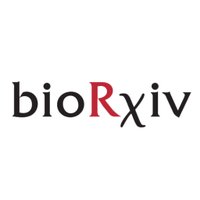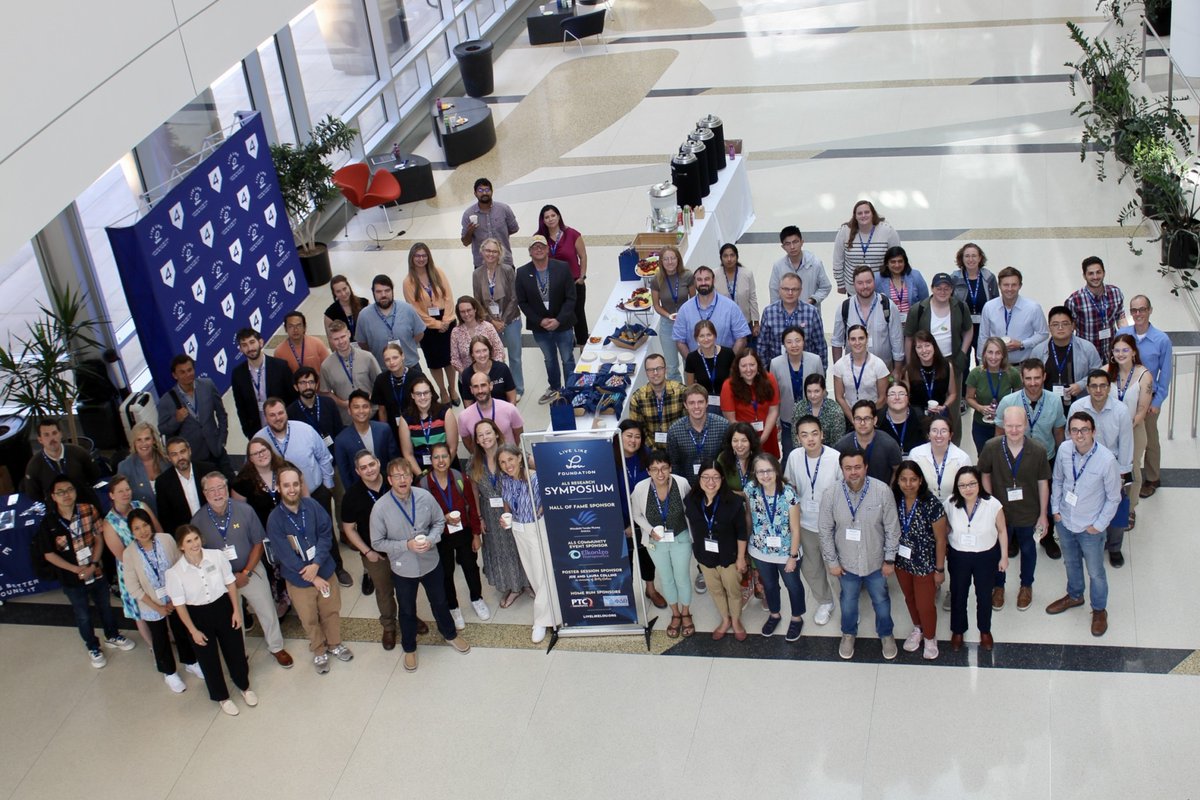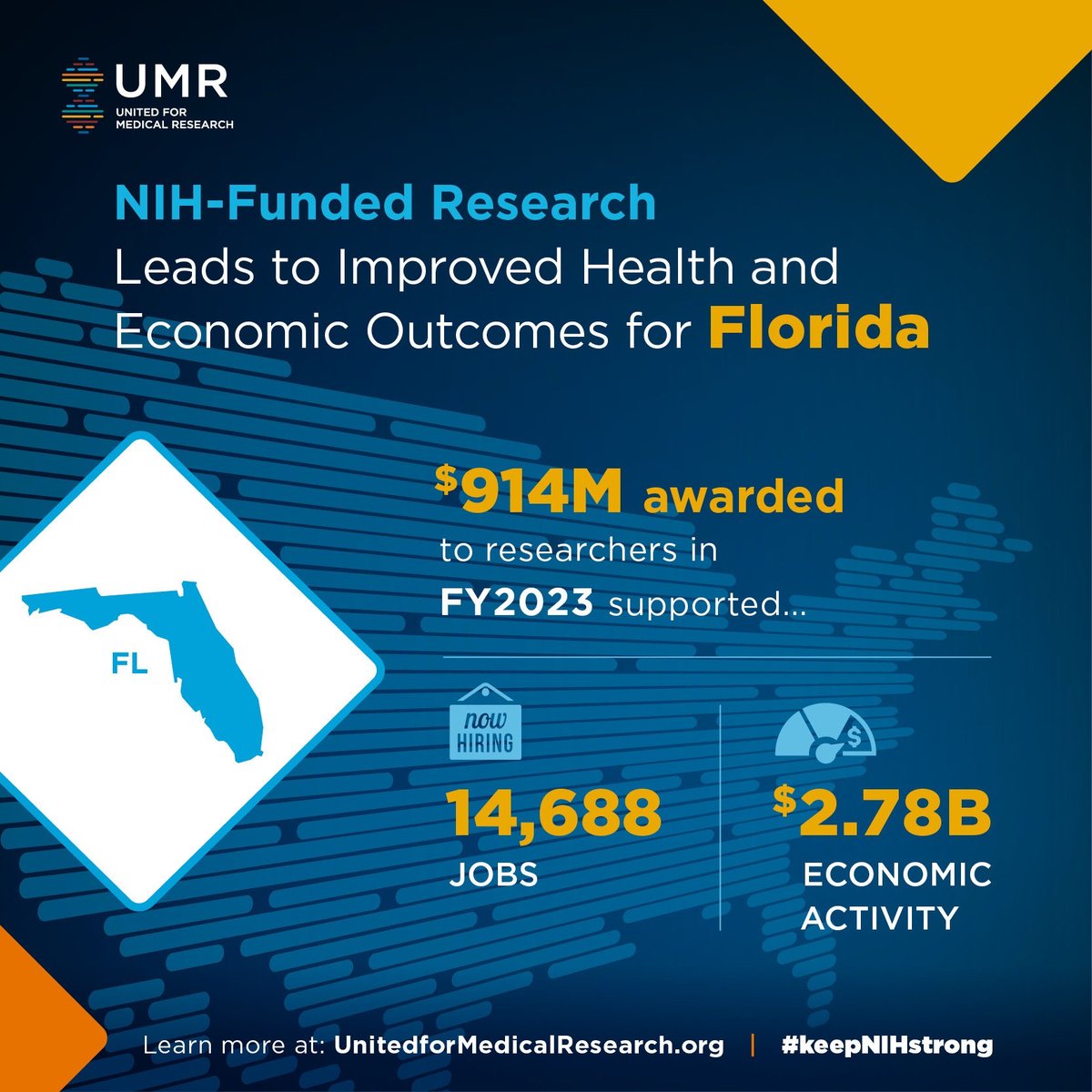
Wilfried Rossoll
@rossolllab
translational Neuroproteomics Lab | We study protein (dis)aggregation in ALS/FTD, AD, and other neurodegenerative proteinopathies. (Views are my own.)
ID: 1103994521761796098
https://www.mayo.edu/research/labs/neurobiology-neurodegenerative-diseases/overview 08-03-2019 12:23:00
796 Tweet
1,1K Followers
671 Following









Introducing mipDVP (multiplexed imaging-powered Deep Visual Proteomics)! Using 22-marker imaging to profile proteomes across hot/cold tumors, revealing immune microenvironments, macrophage barriers to T cells, & hypoxic adaptations. Out in Molecular Cell doi.org/10.1016/j.molc…







